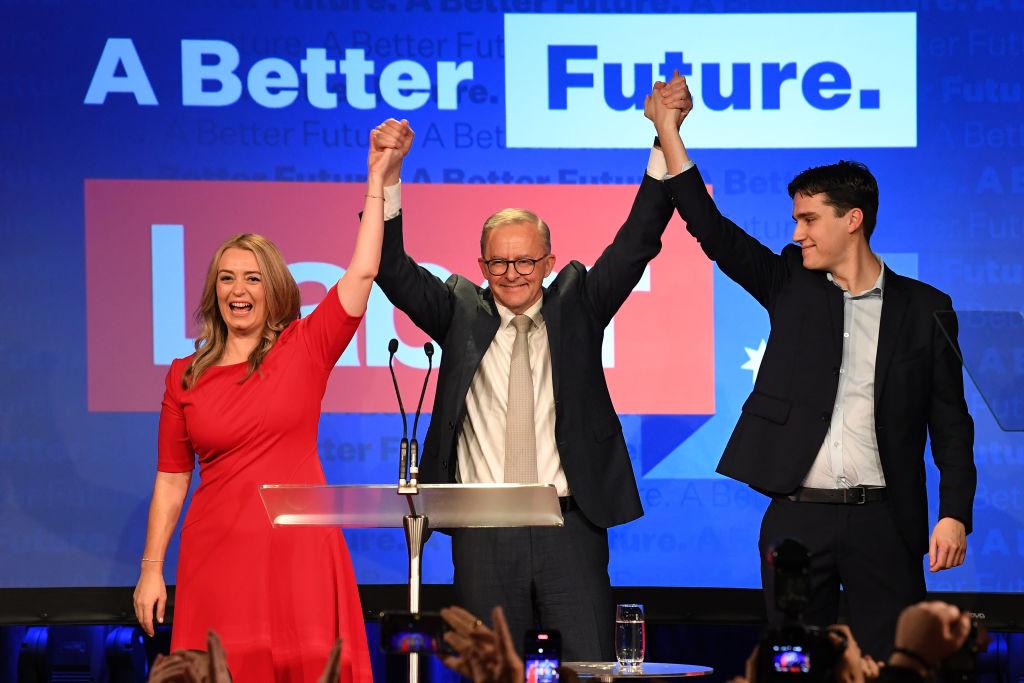Commentary
Labor supporters are in a frisson of excitement because they hold all of the mainland states along with the Commonwealth. They think that will make it easier for Prime Minister Anthony Albanese. History suggests otherwise.

Labor supporters are in a frisson of excitement because they hold all of the mainland states along with the Commonwealth. They think that will make it easier for Prime Minister Anthony Albanese. History suggests otherwise.